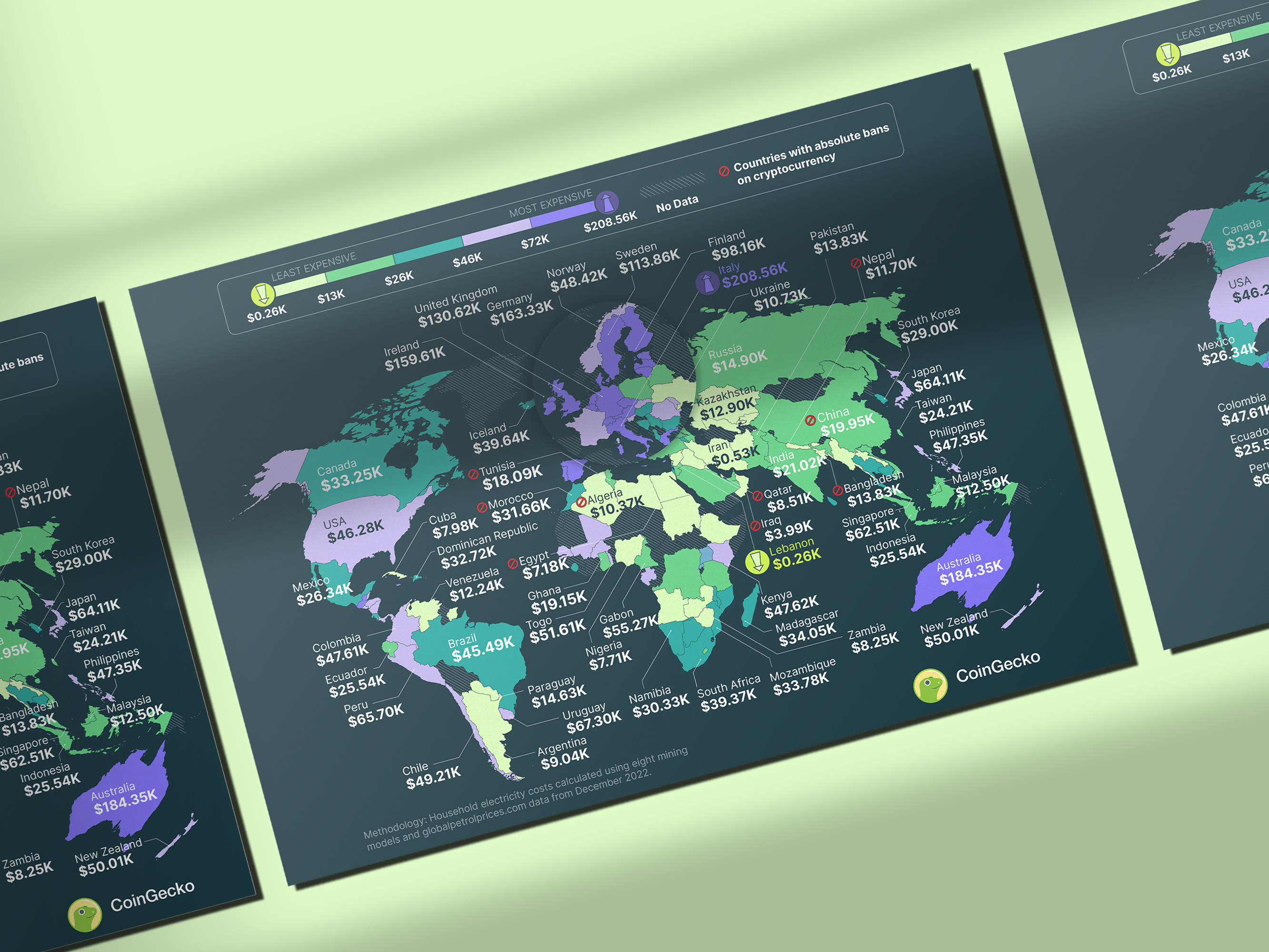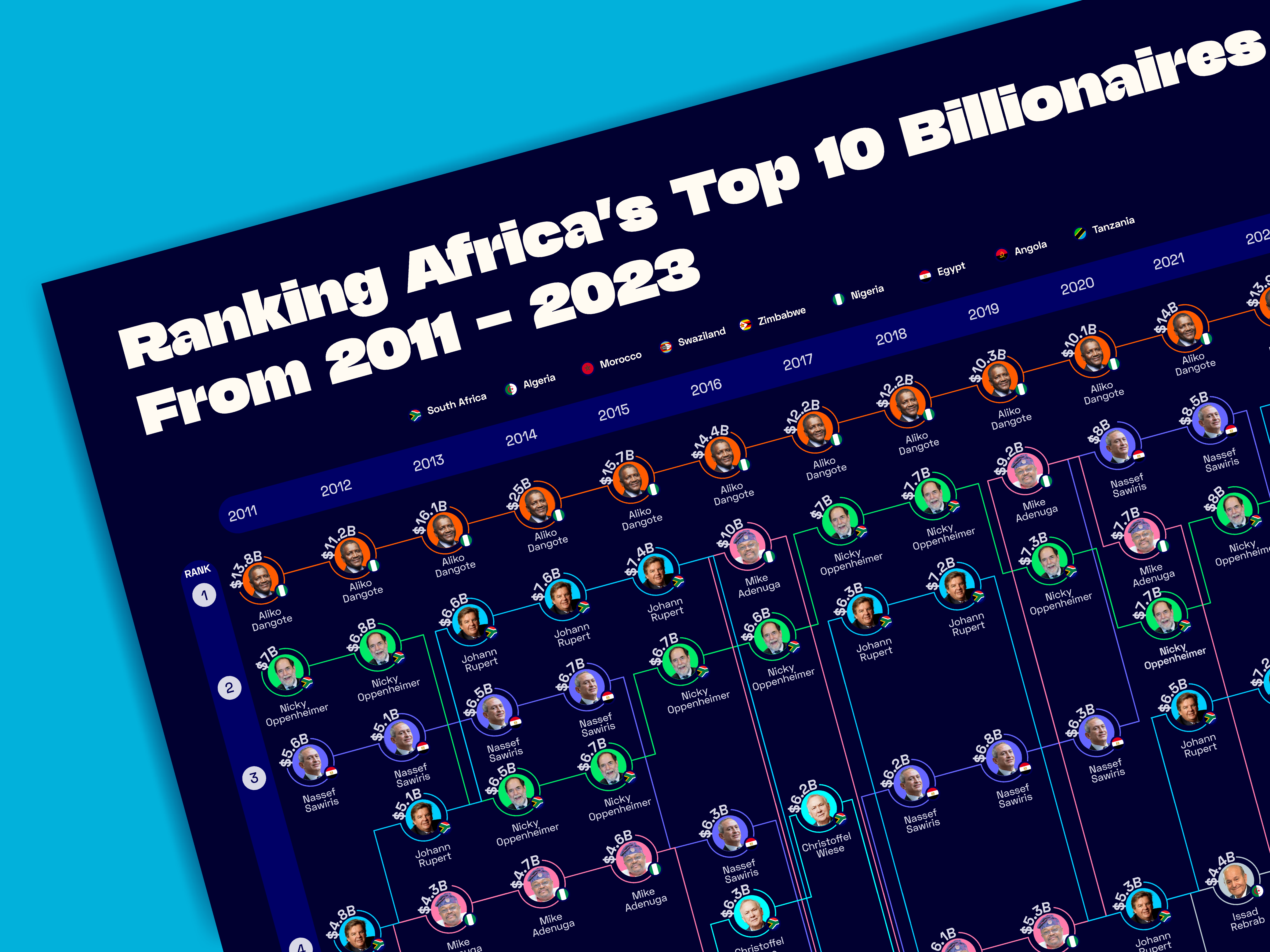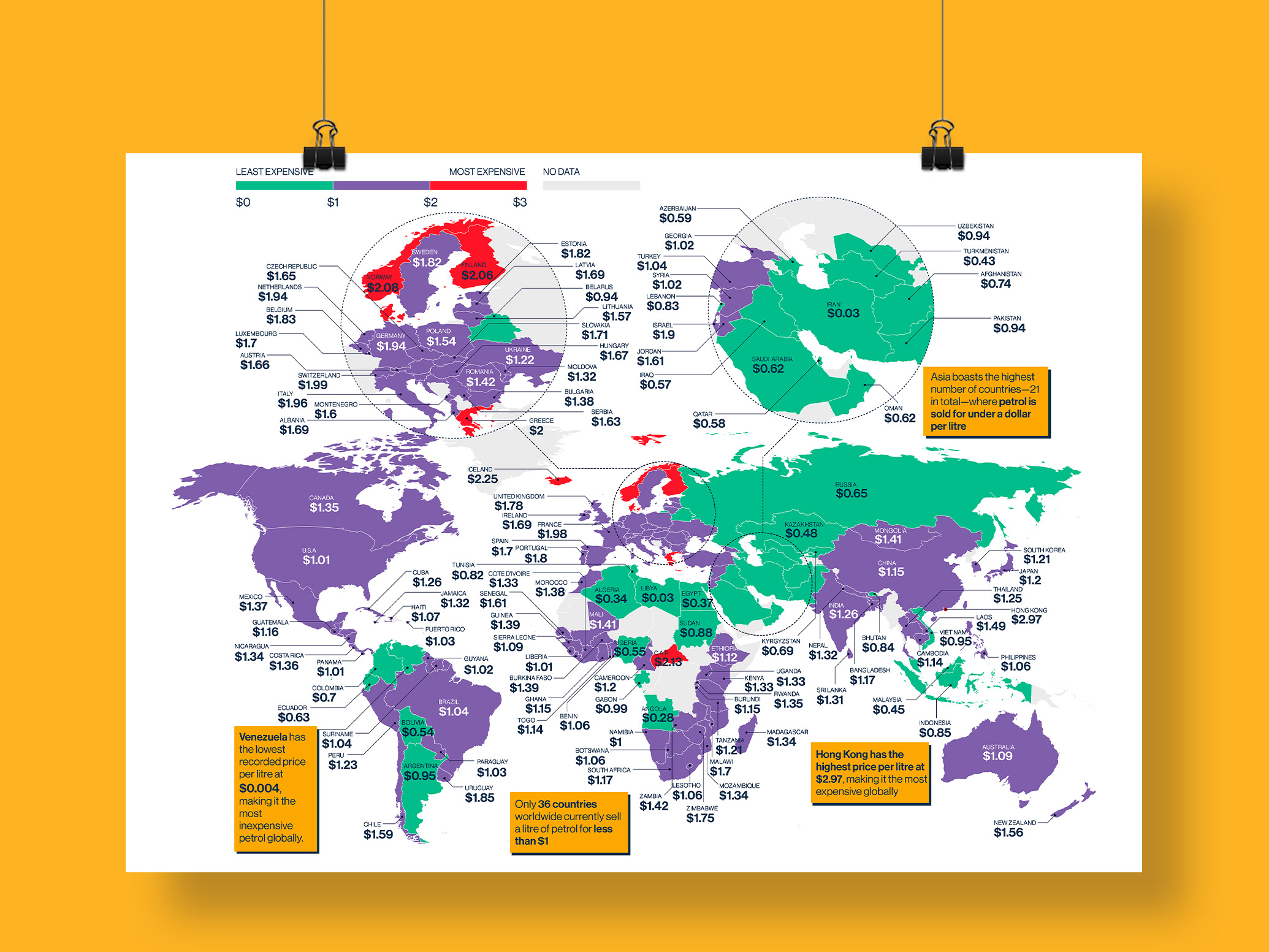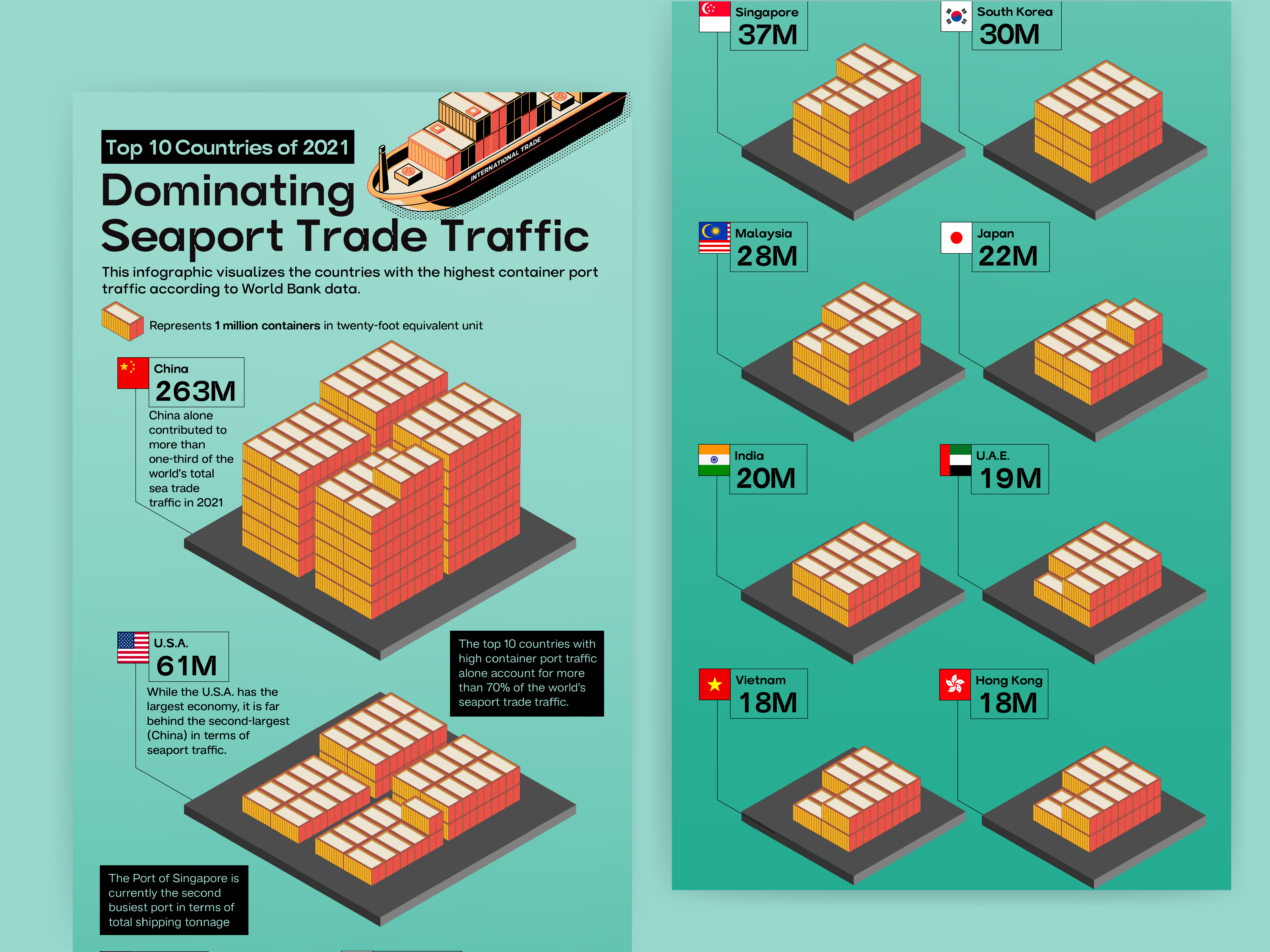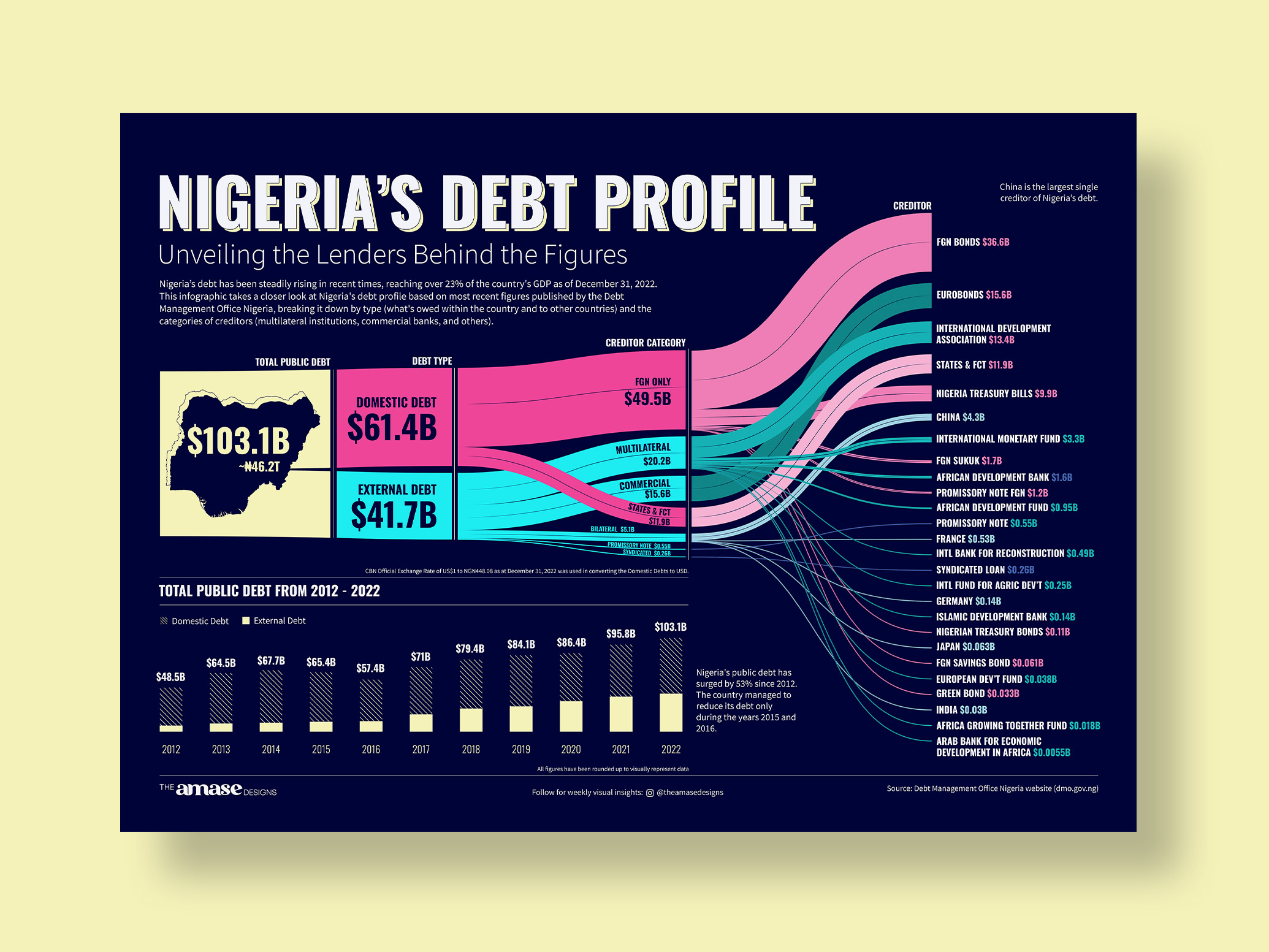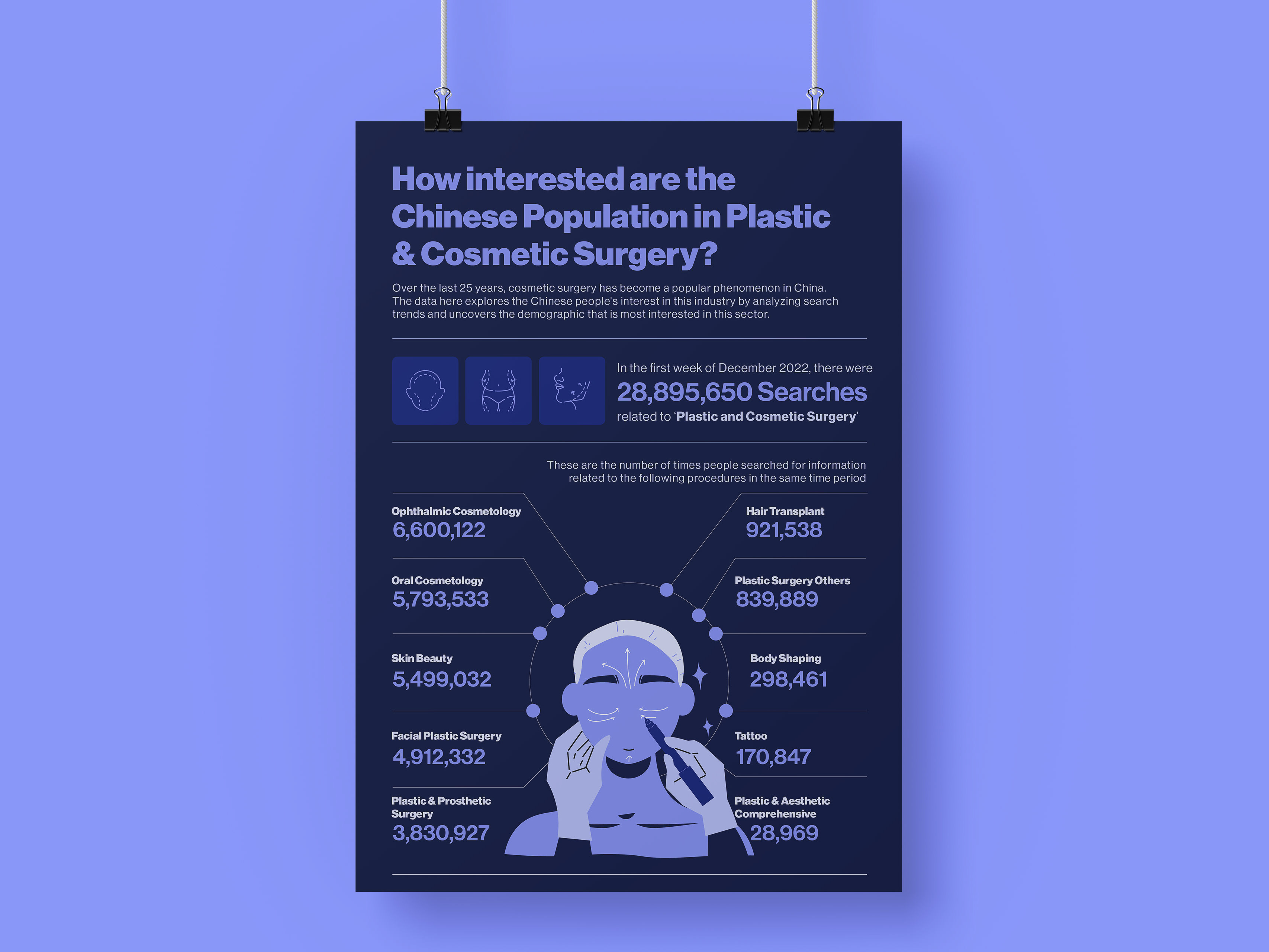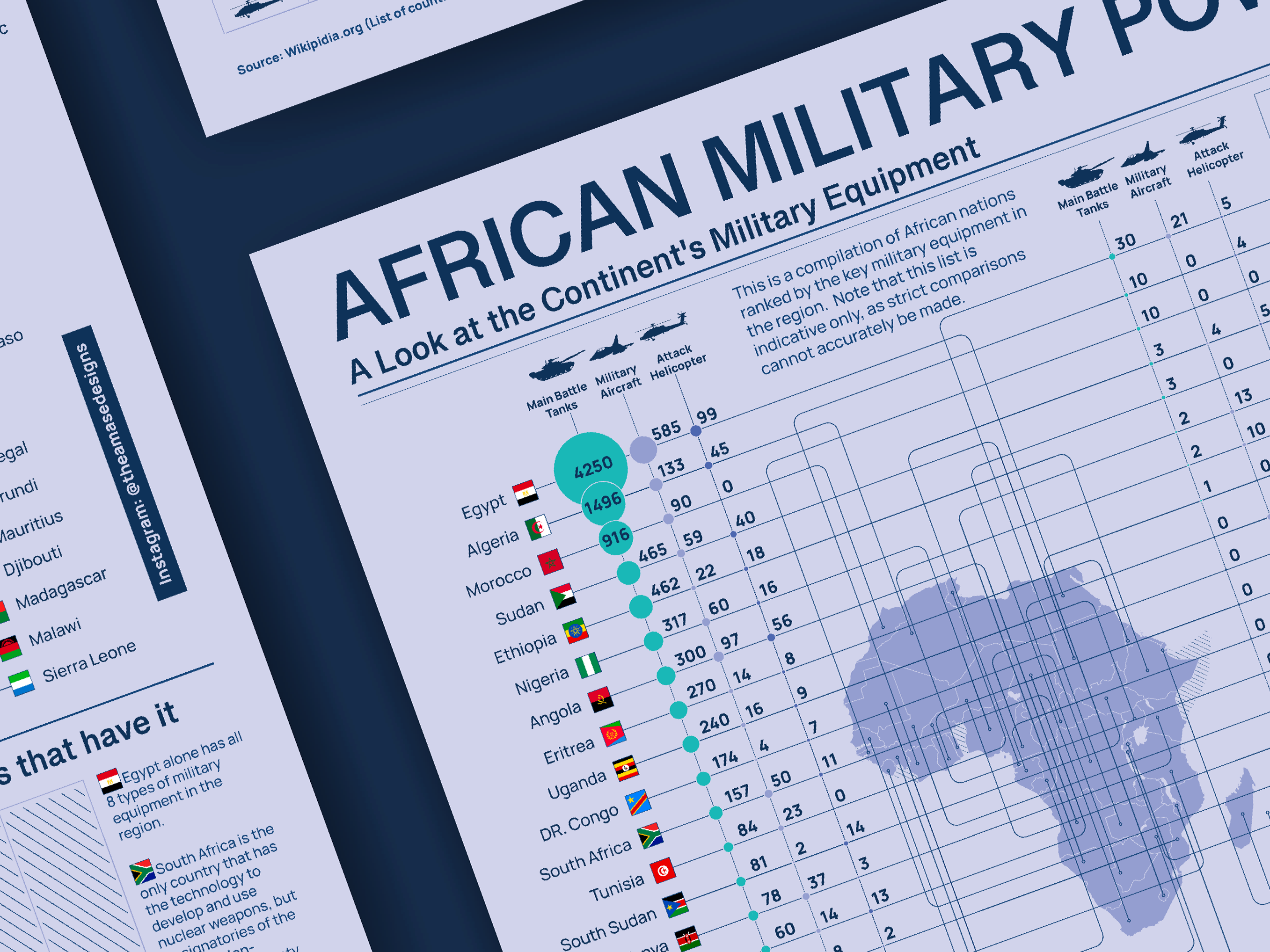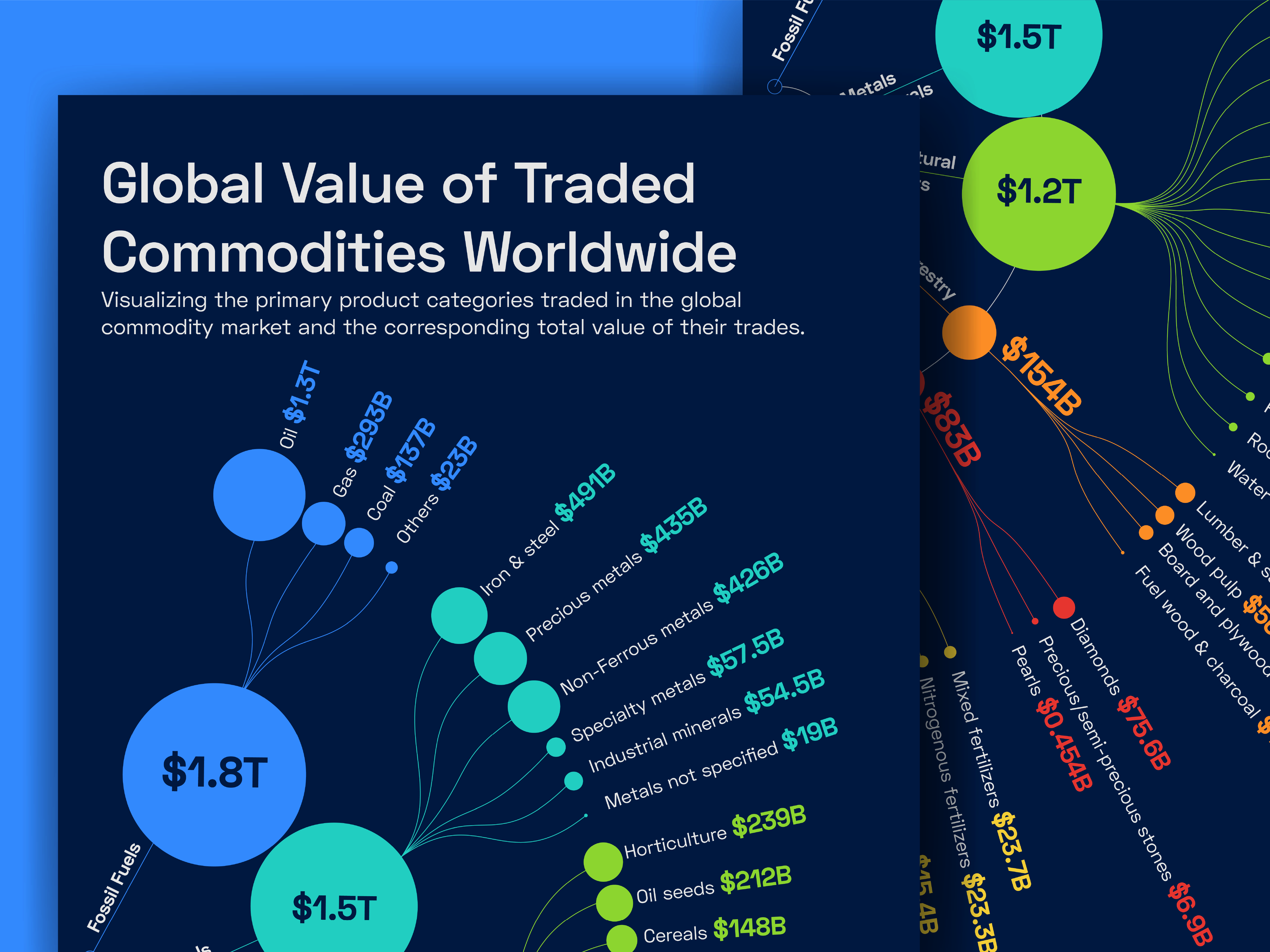Intro
Migration like an intricate tapestry woven by human movements, offers a unique lens into a nation's socioeconomic dynamics. Curiosity led me to dive into the 2020 migration data from Our World in Data, seeking to uncover patterns that might provide fresh perspectives on this phenomenon.
Process
The endeavour commenced by extracting the data from the website and transforming it into a structured CSV file. To refine the dataset, I conducted a rigorous data cleaning process, sifting through over 1,000 rows of data to isolate the West African countries of interest and their corresponding years for analysis.
Outcome
As the data started to reveal its secrets, a story began to emerge—one that was both unexpected and enlightening. While Nigeria is recognized as a significant source of emigration, the data illuminated its parallel role as a magnet for immigration among neighbouring West African nations. Further exploration unveiled that in 2018, remittances from Nigerian expatriates contributed 5.2% to the GDP. That's a massive contribution that speaks volumes about the impact of migration on our economy.
Digging deeper into the data, I found a fascinating historical shift: the number of people leaving Africa has gone up by about 50% compared to three decades ago. This trend paints a picture of how our world is changing and how migration is playing a crucial role in shaping societies across the continent.
Conclusion
This visualization is a reminder that data isn't just a bunch of numbers—it's a story waiting to be told. My journey into Nigeria's migration trends was all about making sense of the world around us. By understanding why people are moving and how it's impacting our country, we're better equipped to have meaningful conversations about our future. While the data was dated in 2020, as an eager data enthusiast, I am eager to get my hands on more recent data to uncover the evolving migration of the landscape since 2020.

